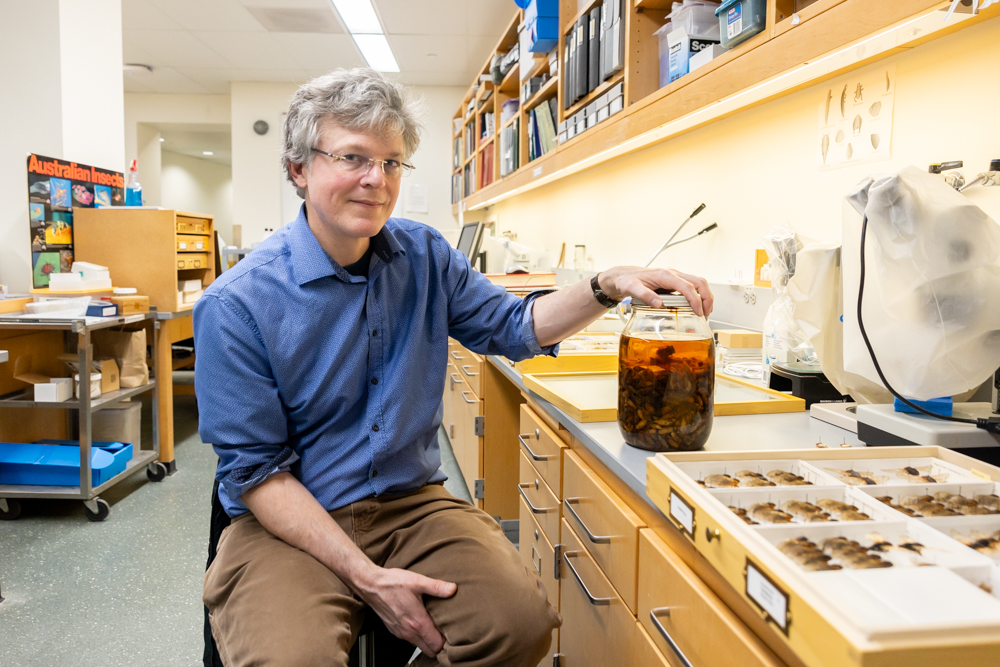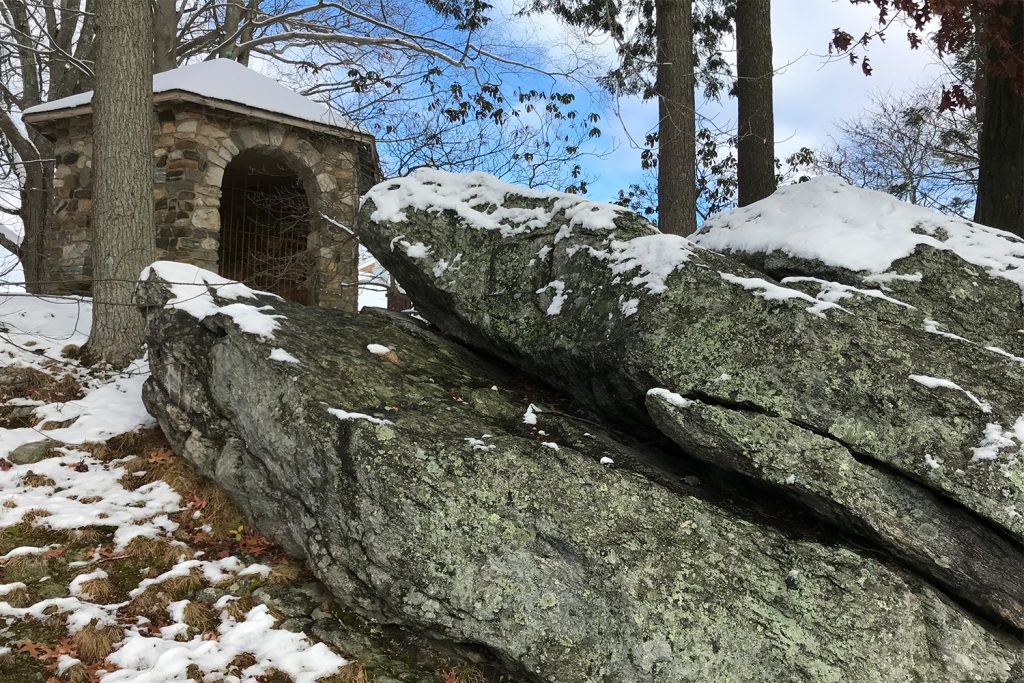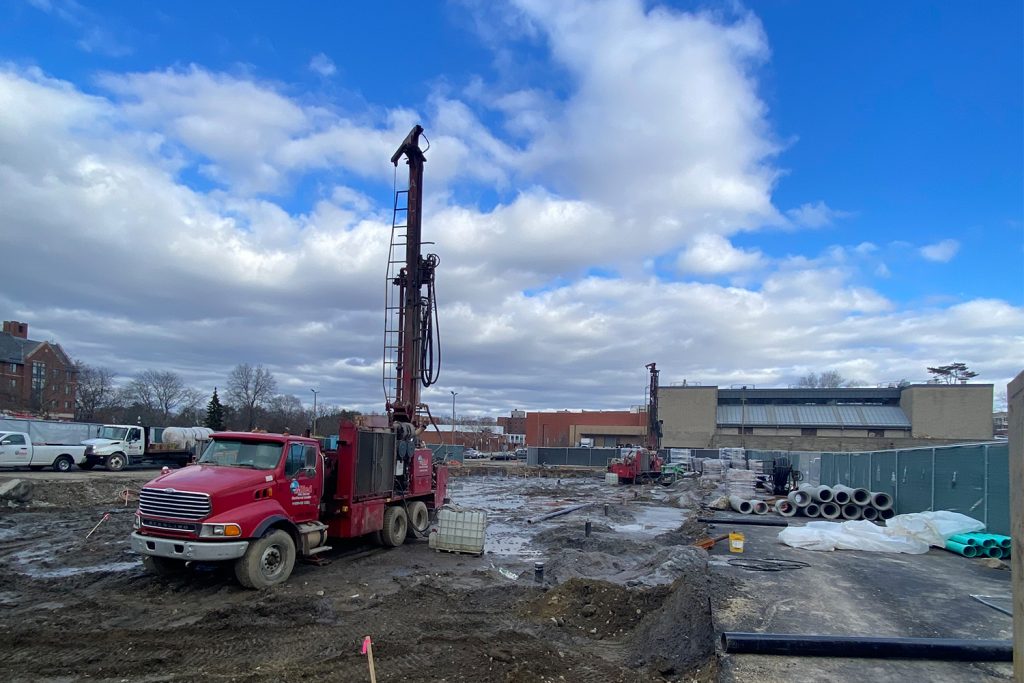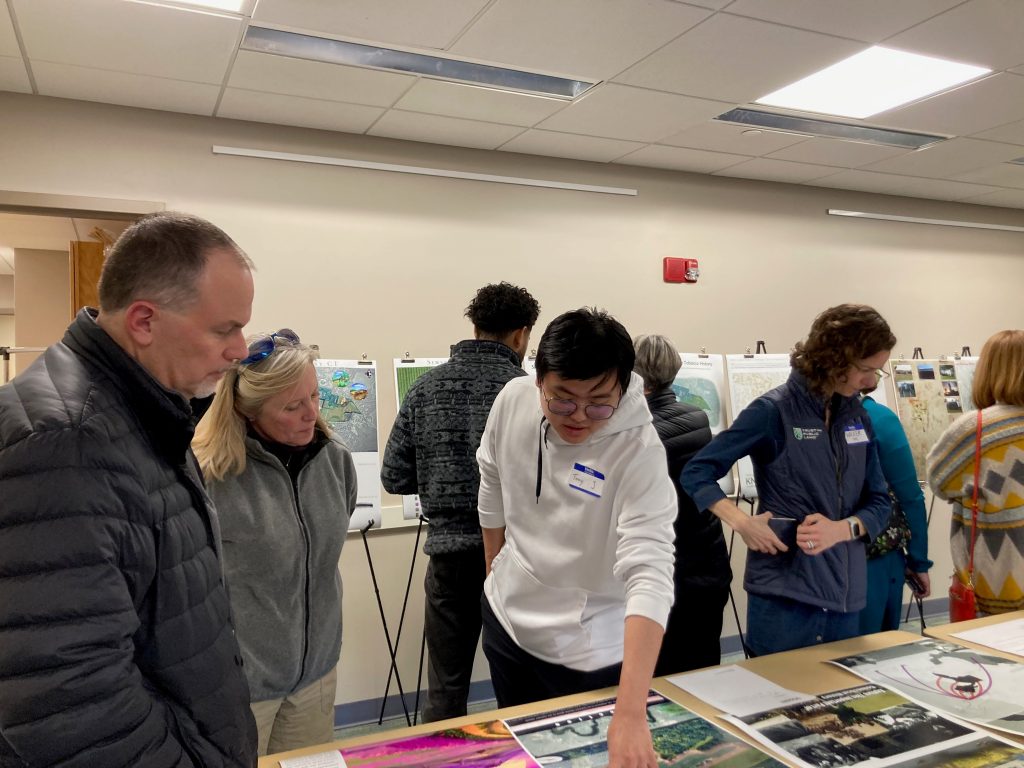
Elaina Hancock
Author Archive
An Environmentally Friendly Way to Turn Seafood Waste into Value-added Products
'We are hoping we can turn this trash into a treasure'
February 20, 2024 | Elaina Hancock
Rediscovered Photos, an Unlabeled Jar Full of Cicadas, and an App
New data recently emerged that helps fill in some gaps in UConn’s long and ongoing legacy of studying these unique insects
February 14, 2024 | Elaina Hancock
A New Tool to Skillfully Predict Marine Habitat Shifts
Accurate predictions become increasingly important in a changing climate to help build resilience for marine ecosystems
February 7, 2024 | Elaina Hancock
UConn Researchers Studying Multi-Year Arctic Sea Ice Before It Is Gone
'When you see something happening so fast, and know that we caused, it's a rude awakening'
February 6, 2024 | Elaina Hancock
New Exhibition Asks: Are You Seeing Climate Change?
What will Connecticut look like in the year 2100?
January 31, 2024 | Elaina Hancock
In the Galapagos, Urban Finches Fare Better Against Vampire Fly
'This gives us hope that Darwin's finches are not entirely doomed'
January 23, 2024 | Elaina Hancock
Geothermal Project to Heat and Cool New South Campus Residential Hall
Sustainable technology is expected to begin operating in 2025
January 16, 2024 | Elaina Hancock
New Satellite Will Help Researchers See the Oceans and Atmosphere as Never Before
Satellite launch, anticipated for Feb. 6, offers researchers 'a completely new way' of looking at the ocean
January 9, 2024 | Elaina Hancock
UConn Students Imagine Potential Futures for a Remarkable Piece of Land in Simsbury
Designing for the future while also paying homage to the past
January 8, 2024 | Elaina Hancock
Research Offers Insight into How Mercury Enters the Food Web
Dissolved organic matter acts like a 'shield' at the base of the marine food web
December 5, 2023 | Elaina Hancock









